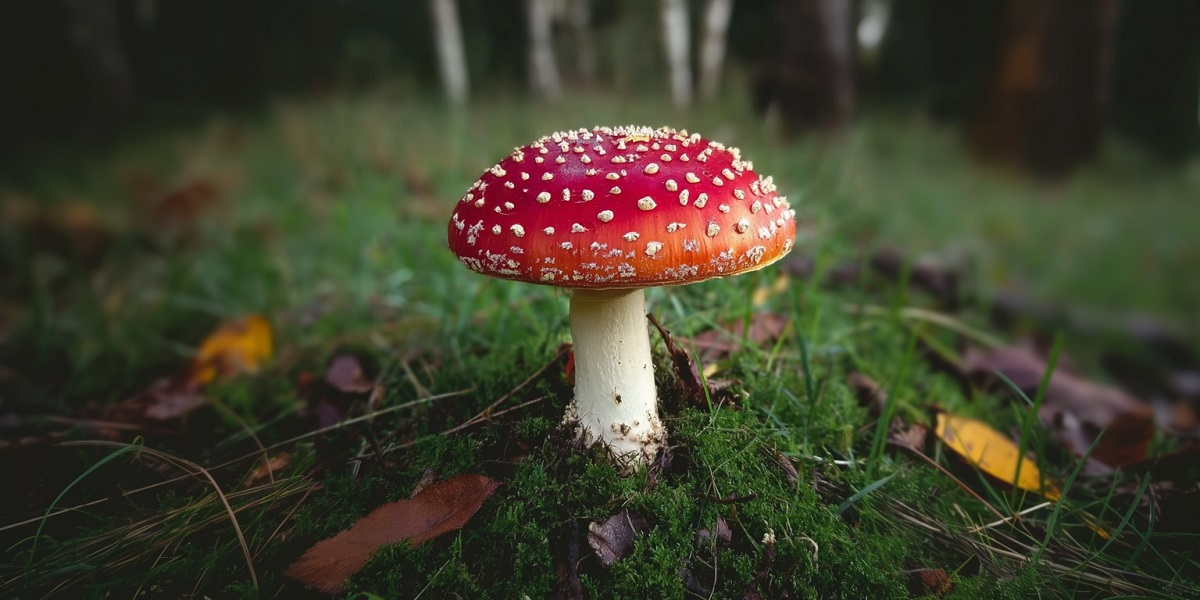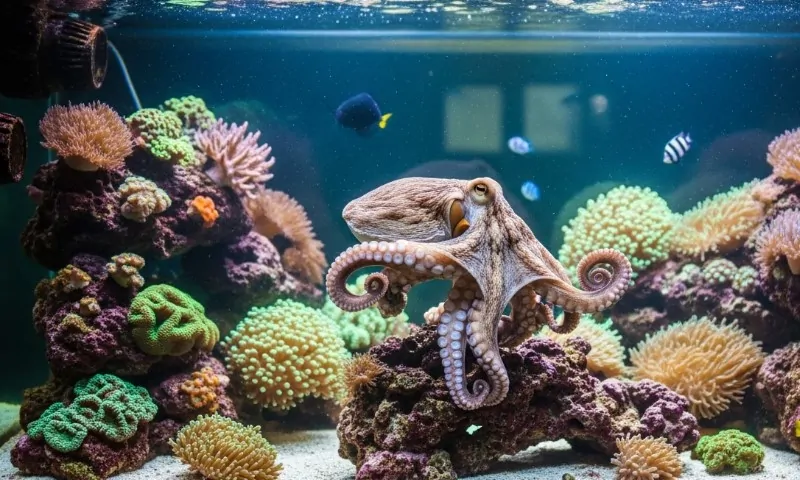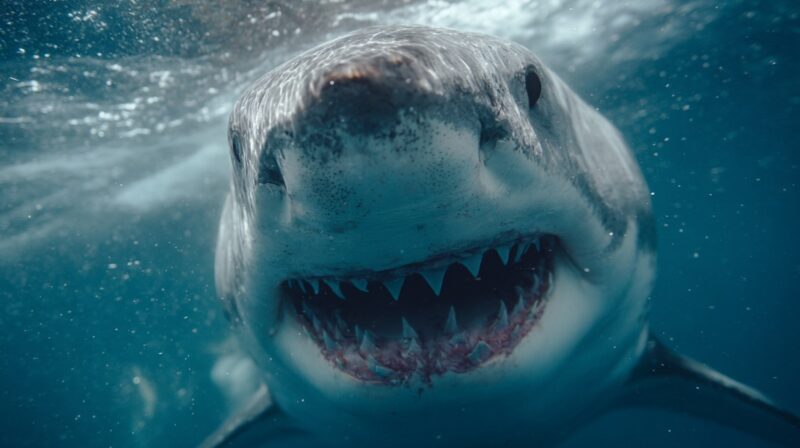
Share Post:
Sharks often suffer from a reputation that doesn’t reflect reality. Out of more than 500 species, only a small number have ever posed serious danger to humans.
Many are peaceful creatures that play vital roles in marine ecosystems, supporting biodiversity and ocean balance.
Recognizing harmless shark species encourages better conservation efforts and boosts eco-friendly tourism opportunities that educate rather than frighten.
Let’s take a look at the least dangerous shark species in the world.
| Species | Scientific Name | Size | Behavior | Danger Level |
|---|---|---|---|---|
| Whale Shark | Rhincodon typus | Up to 40 feet | Gentle and slow-moving | Zero |
| Basking Shark | Cetorhinus maximus | Up to 29 feet | Slow swimmer, surface feeder | Harmless |
| Nurse Shark | Ginglymostoma cirratum | 7.5–9 feet | Sedentary, nocturnal | Very low |
| Leopard Shark | Triakis semifasciata | 4–5 feet | Wary, peaceful | Zero |
| Angel Shark | Squatina squatina | 2–7 feet | Ambush predator, sedentary | Low |
| Caribbean Reef Shark | Carcharhinus perezi | 6.5–10 feet | Cautious yet inquisitive | Moderate |
| Greenland Shark | Somniosus microcephalus | Up to 24 feet | Extremely slow and reclusive | Extremely low |
| Sand Tiger Shark | Carcharias taurus | Up to 10.5 feet | Slow-moving and peaceful | Minimal |
1. Whale Shark (Rhincodon typus)
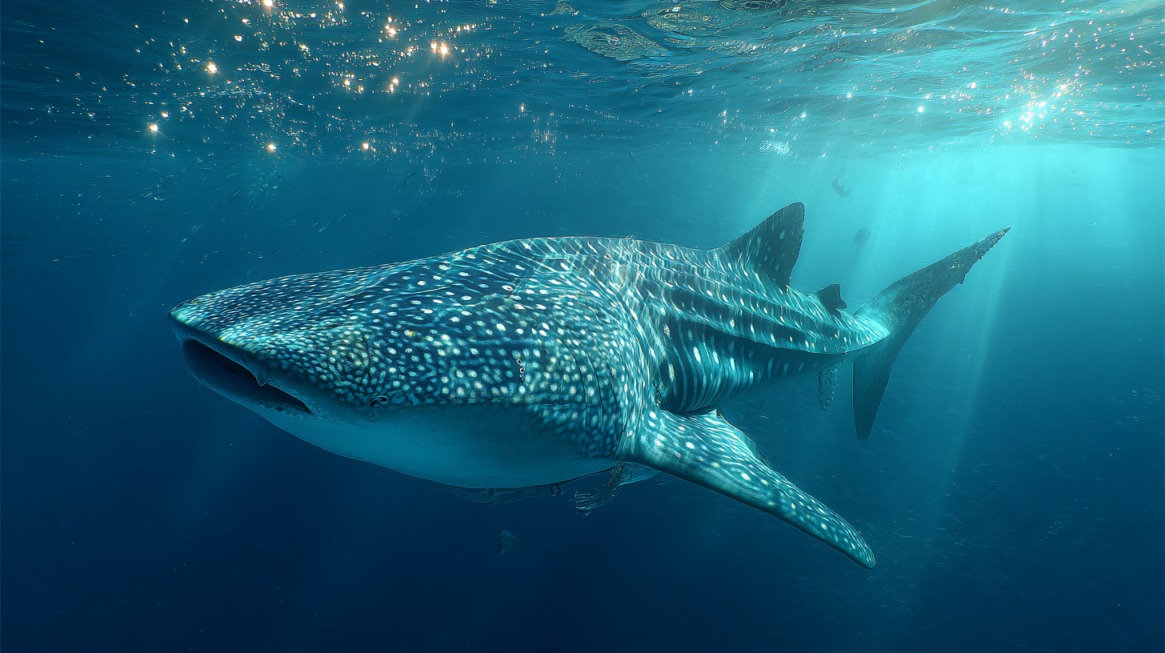
- Size: Up to 40 feet
- Diet: Plankton, small fish
- Behavior: Gentle and slow-moving
- Danger Level: Zero – entirely harmless to humans
Whale sharks hold the title of the largest fish on the planet, yet they exhibit a temperament that could hardly be more peaceful. Growing up to 40 feet in length, they are slow-moving filter feeders that thrive in warm tropical seas.
Their immense mouths are not tools of predation but delicate filters designed to collect plankton, krill, and small fish as they glide through the water. Instead of sharp teeth or hunting instincts, they rely on passive feeding, making them entirely harmless to divers and snorkelers.
Marine enthusiasts often travel long distances to witness these gentle giants up close. Encountering one underwater is a humbling experience, as they swim slowly and gracefully, allowing humans to swim beside them without fear.
Scientists have found that whale sharks play a vital role in maintaining plankton populations, contributing to the health of ocean ecosystems.
2. Basking Shark (Cetorhinus maximus)
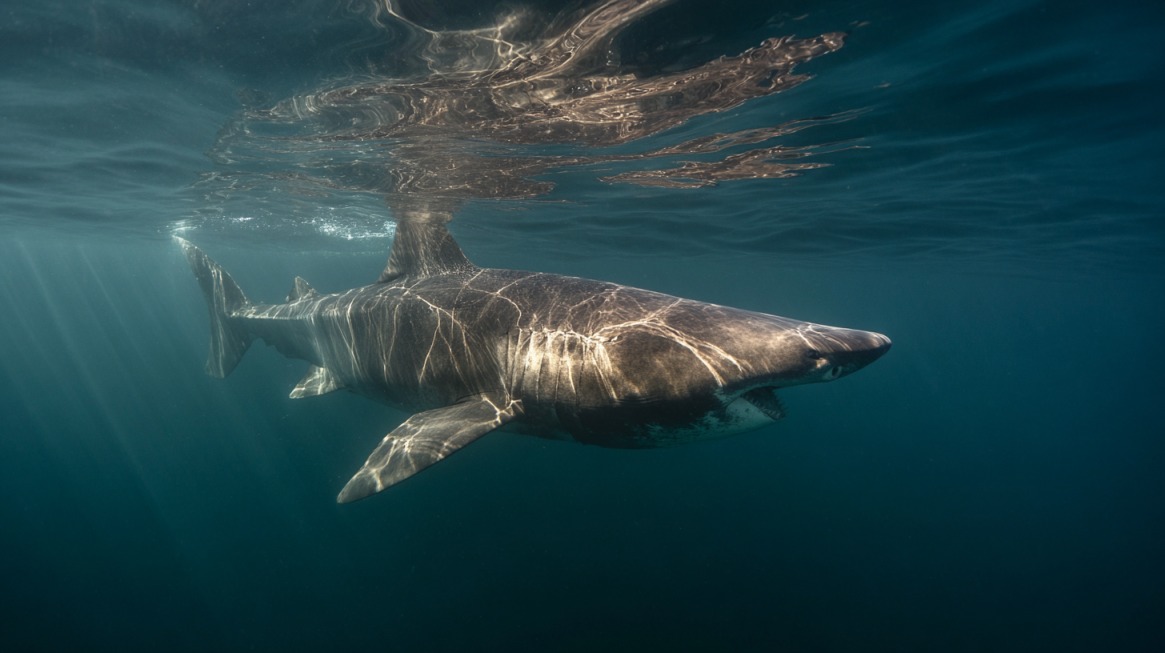
- Size: Up to 29 feet
- Diet: Plankton
- Behavior: Slow swimmer, surface feeder
- Danger Level: Harmless
Basking sharks are often spotted cruising near the surface, their immense mouths wide open to capture microscopic plankton. They can reach lengths of up to 29 feet, ranking as the second-largest shark species.
Despite their imposing size and appearance, they pose no danger to humans. Their slow, rhythmic swimming and passive feeding behavior make them one of the ocean’s most tranquil giants.
Coastal regions of the Atlantic and Pacific Oceans occasionally host large gatherings of basking sharks during plankton blooms.
Read more: Did you know that the plankton-feeding sharks are one of the heaviest animals in the world, with a weight of up to 20 tons!
Observers often see them near boats or swimmers, yet they show no signs of aggression or interest in human activity.
Marine biologists frequently study them for insights into filter-feeding mechanisms and migration behaviors.
3. Nurse Shark (Ginglymostoma cirratum)
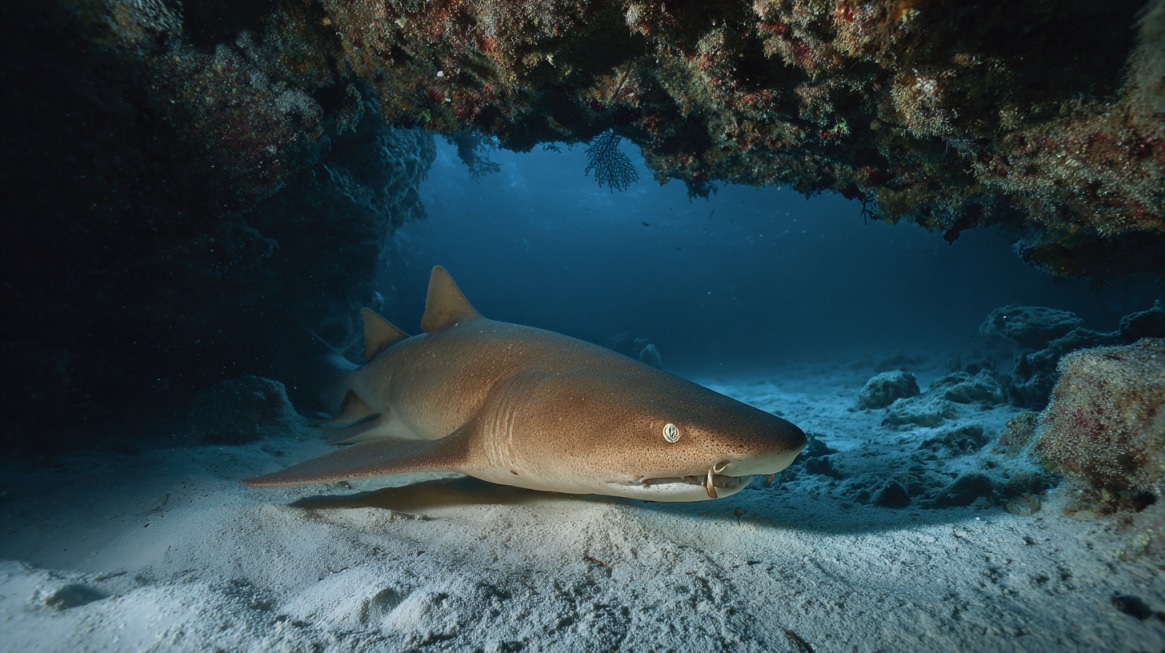
- Size: 7.5–9 feet
- Diet: Bottom-dwelling sea creatures
- Behavior: Sedentary, nocturnal
- Danger Level: Very low
Nurse sharks are calm bottom-dwellers that inhabit tropical and subtropical coastal waters. Typically measuring between 7.5 and 9 feet, they spend their days resting on sandy sea floors or tucked under ledges.
Their diet includes crustaceans, squid, and small fish, which they hunt at night using suction feeding. Known for their sluggish movements and tolerance of divers, they are among the most docile shark species.
Although nurse sharks are peaceful, they can defend themselves if repeatedly disturbed or cornered.
In rare cases, they may bite when provoked, but incidents are minimal and almost always human-induced. Their calm nature has made them popular in educational aquariums and wildlife tours.
Observing one up close reveals an animal that values rest and stability more than confrontation.
4. Leopard Shark (Triakis semifasciata)
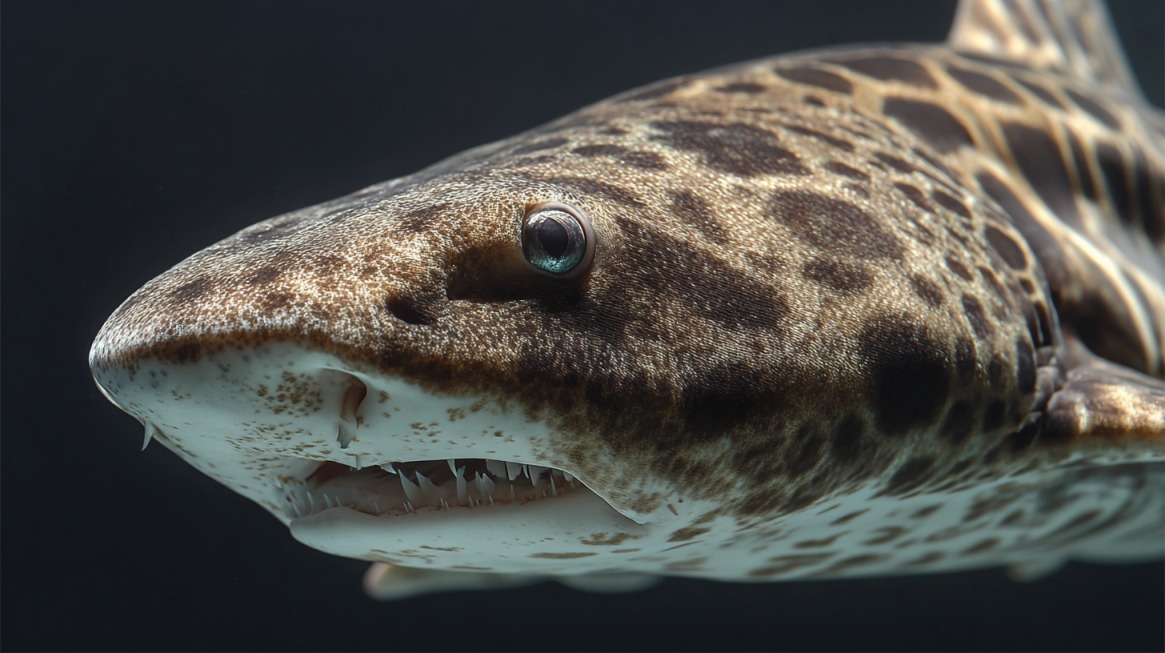
- Size: 4–5 feet
- Diet: Clams, shrimp, crabs, small fish
- Behavior: Wary, peaceful
- Danger Level: Zero
Leopard sharks captivate divers with their spotted bodies that resemble leopard patterns.
They inhabit shallow coastal waters along the Pacific coast of North America and often travel in small groups.
Growing between 4 and 5 feet, they feed primarily on crustaceans, worms, and small fish along sandy bottoms. Their non-aggressive nature makes encounters completely safe for humans.
They often swim gracefully in sunlit bays and estuaries, moving close to shore during warmer months. Scientists consider them an important part of coastal ecosystems due to their control of benthic prey populations.
Observing leopard sharks in the wild offers a calm, almost rhythmic underwater experience, highlighting how misunderstood sharks can be.
5. Angel Shark (Squatina squatina)
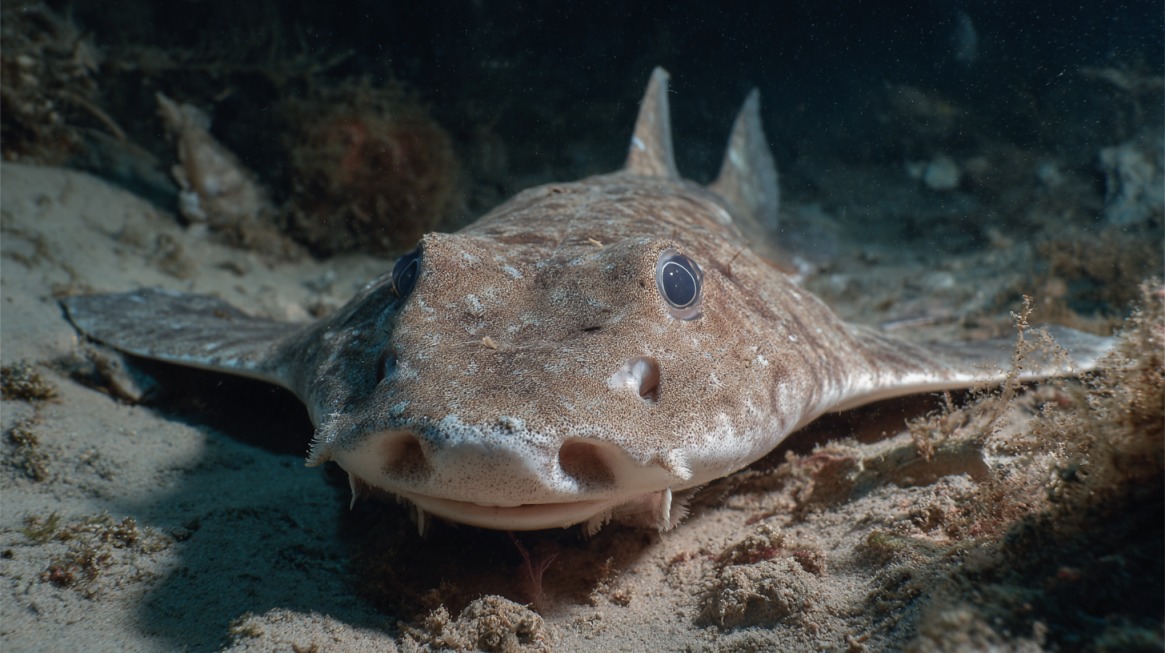
- Size: 2–7 feet
- Diet: Small fish, invertebrates
- Behavior: Ambush predator, sedentary
- Danger Level: Low
Angel sharks look more like rays than traditional sharks due to their flat bodies and wide pectoral fins. They often lie buried in sandy seabeds, ambushing small fish and crustaceans that wander too close.
Their camouflage is nearly perfect, allowing them to remain unseen for long periods. Encounters with humans are rare, and bites occur only if someone accidentally steps on them.
Found mainly in the eastern Atlantic and Mediterranean waters, angel sharks have become a conservation concern due to habitat loss and overfishing.
Despite their name and predatory nature toward small prey, they pose almost no risk to divers or swimmers. Their behavior exemplifies the passive, secretive side of shark life that rarely gets public attention.
6. Caribbean Reef Shark (Carcharhinus perezi)
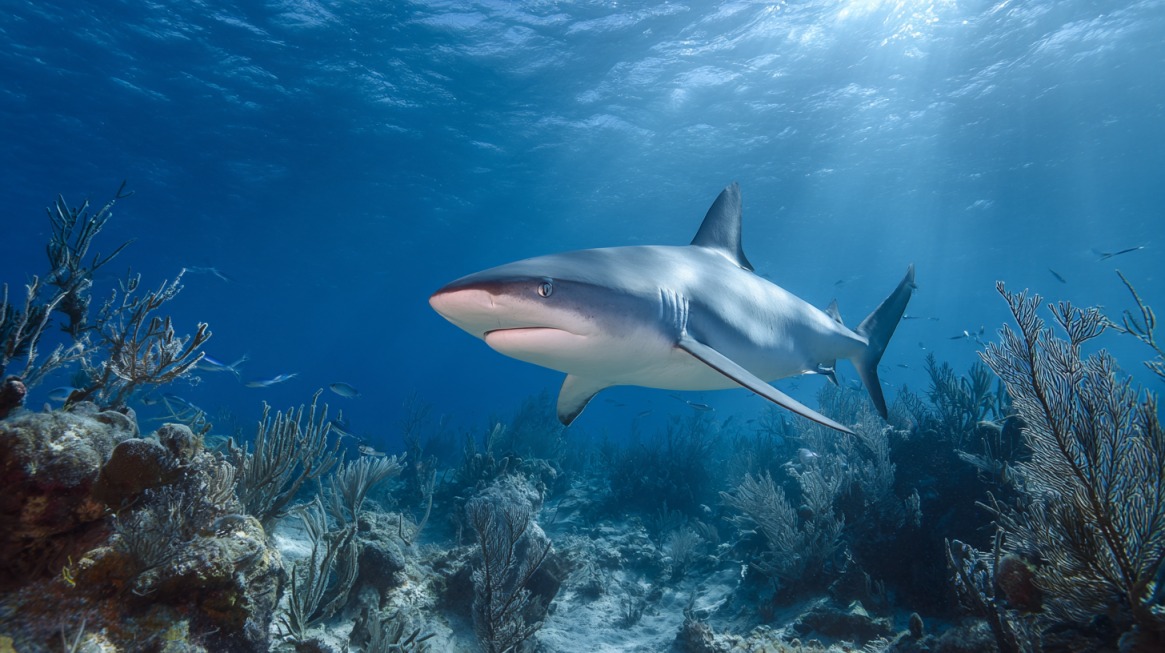
- Size: 6.5–10 feet
- Diet: Fish, squid
- Behavior: Cautious yet inquisitive
- Danger Level: Moderate
Caribbean reef sharks are among the most frequently encountered species during tropical diving excursions. Found in Caribbean waters, they typically grow between 8 and 9 feet in length.
Though curious, they maintain distance and seldom act aggressively toward humans. Their powerful presence and steady swimming patterns make them a visual highlight during underwater tours.
Some dive operators use controlled feeding techniques to attract these sharks for ecotourism purposes.
Scientists view Caribbean reef sharks as essential reef predators that maintain ecological balance by regulating fish populations. Observing them in their natural environment often dispels the myth of sharks as mindless predators.
7. Greenland Shark (Somniosus microcephalus)
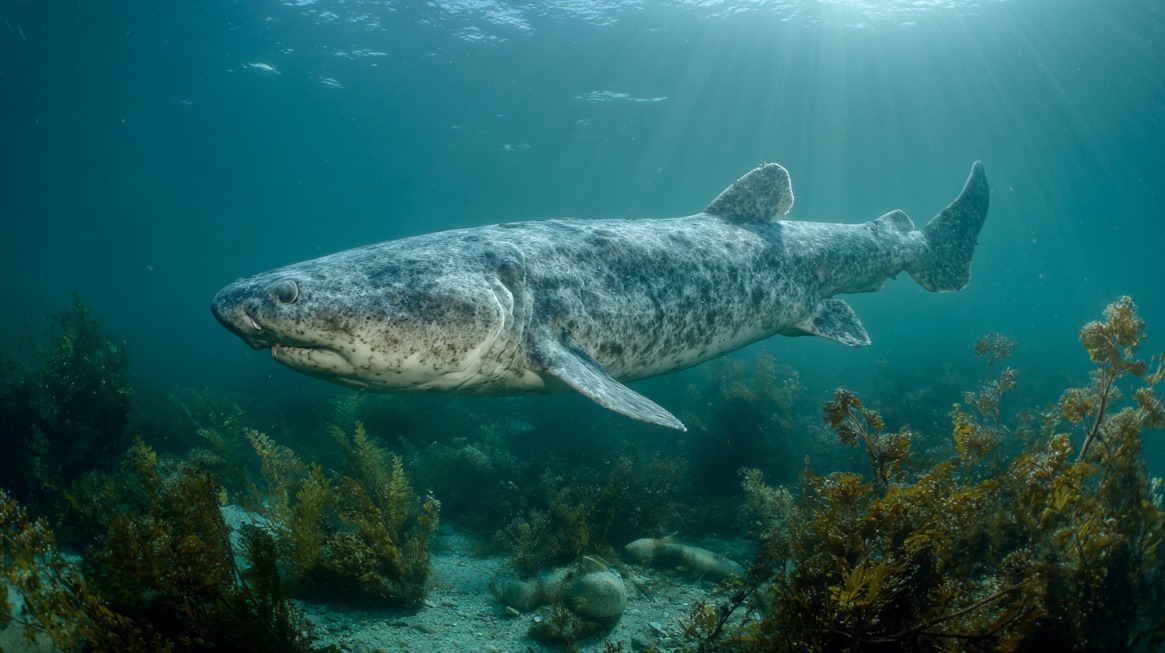
- Size: Up to 24 feet
- Diet: Fish, seals, carrion
- Behavior: Extremely slow and reclusive
- Danger Level: Extremely low
Greenland sharks inhabit some of the coldest and most remote parts of the ocean.
Growing up to 24 feet long, they move so slowly that they often appear suspended in water. Their diet includes fish, seals, and carrion, with feeding habits that rely on patience rather than aggression.
Due to their preference for deep, frigid environments, human encounters are almost unheard of.
Scientists are fascinated by their long lifespan, which can exceed 500 years, making them among the longest-living vertebrates known. Their sluggish metabolism and reclusive habits contribute to their extremely low interaction rate with humans.
Only a single unverified attack has ever been reported, emphasizing their peaceful existence in the shadows of the Arctic seas.
8. Sand Tiger Shark (Carcharias taurus)
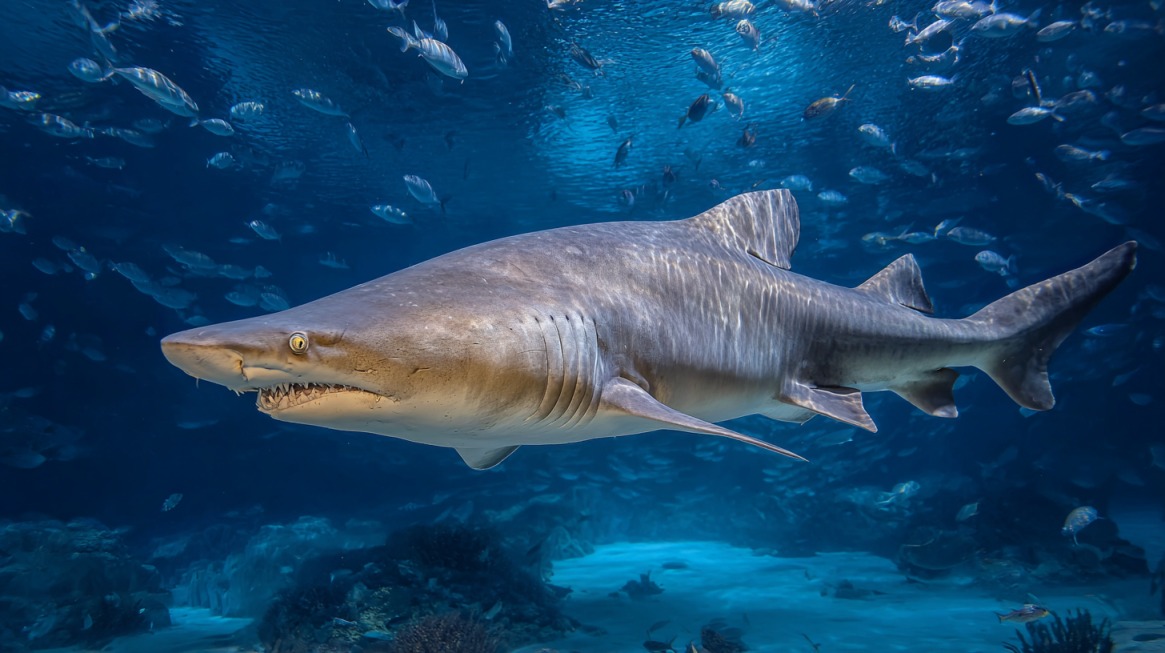
- Size: Up to 10.5 feet
- Diet: Crustaceans, squid, bony fish
- Behavior: Slow-moving and peaceful
- Danger Level: Minimal
Sand tiger sharks have an intimidating appearance due to their exposed, jagged teeth, yet they are remarkably calm creatures.
Found along temperate and subtropical coastlines, they grow up to 10.5 feet and often swim slowly near the seabed.
Their diet consists of crustaceans, squid, and small bony fish. They frequently hover motionless, which gives them a menacing look that belies their peaceful temperament.
These sharks are often kept in public aquariums, where their composed nature makes them safe for display.
Divers who encounter them in the wild describe them as indifferent to human presence, showing no signs of threat or territorial behavior.
Summary
Sharks remain some of the most misunderstood creatures in the sea.
Many of them are harmless, gentle, and even shy around humans. Learning about peaceful species promotes respect and encourages conservation rather than fear.
Responsible interaction through diving and marine education ensures both human safety and the preservation of these extraordinary animals.
Related Posts:





